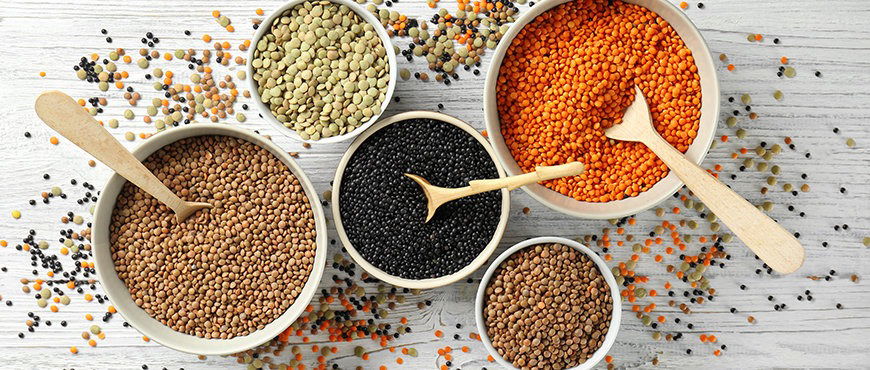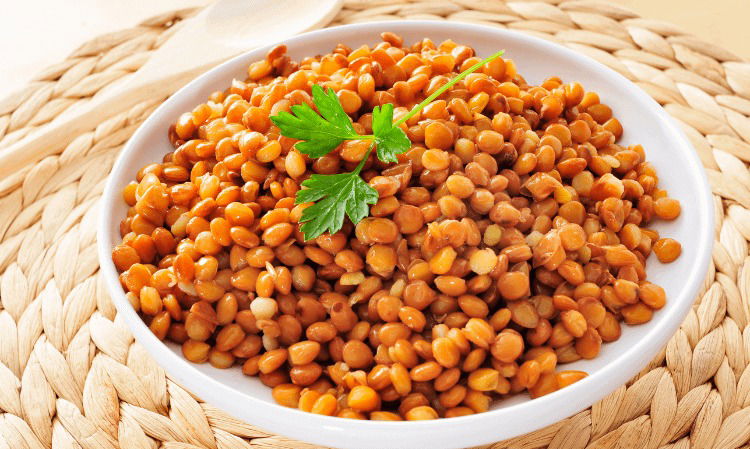
Lentils have long been a dietary mainstay in many parts of the world, thanks to their affordability, simple preparation, and impressive nutritional benefits. However, not everyone eats them correctly.
Several common mistakes can limit their positive effects or even lead to digestive discomfort and issues with nutrient absorption.
In this article, we’ll look at the typical errors people make with lentils and how to avoid them so you can fully enjoy their health advantages.
Why lentils earn the superfood title
Every 100 grams of lentils packs approximately:
- 8 g of dietary fiber
- 9 g of protein
- 3.3 mg of iron
- 181 micrograms of folic acid
This excellent nutrient blend helps prevent anemia, supports heart health by lowering cholesterol, and strengthens the cardiovascular system.
Lentils’ vitamins and minerals also benefit the digestive system, muscle function, and overall cellular health.

Mistake 1: Skipping the soaking process
One major error is cooking lentils without first soaking them.
Soaking helps reduce antinutrients like phytic acid, tannins, and lectins, which can otherwise hinder the absorption of key minerals, including calcium, iron, and zinc.
Proper soaking method:
- Soak for 8–24 hours
- Change the water occasionally
- Rinse thoroughly before cooking
This easy step boosts their digestibility and maximizes nutritional value.
Mistake 2: Insufficient cooking time
Another frequent problem is undercooking. Lentils require enough cooking to neutralize phytates and other difficult-to-digest elements.
Recommended cooking times:
- Brown/green lentils: 45 minutes
- Red/yellow lentils: 30 minutes
- Black beluga lentils: 40 minutes
Fully cooked lentils taste better, have improved texture, and offer their complete health benefits.

Mistake 3: Consuming despite digestive sensitivities
Lentils are rich in raffinose, a fermentable sugar that can cause bloating, gas, and abdominal discomfort.
Their high fiber content — around 15 g per cup — can also trigger issues for those unaccustomed to a fiber-rich diet.
Who should be cautious?
- People with irritable bowel syndrome
- Those with Crohn’s disease or colitis
- Individuals with gout, elevated uric acid, or kidney disease
- Anyone prone to excessive gas
For these groups, it is best to start with small amounts and slowly increase intake.
Mistake 4: Using the wrong lentil variety
Different types of lentils suit different dishes. Choosing the right one improves both flavor and digestion.
Main types of lentils:
- Brown: earthy, ideal for stews
- Green: budget-friendly, firm texture
- Red/yellow: soften easily, great for soups and purees
- Beluga: black, small, perfect for salads
- Puy: small, French, very flavorful
Mistake 5: Forgetting to combine with vitamin C
Iron from lentils is non-heme, which makes it harder for the body to absorb.
Pairing lentils with vitamin C sources, like lemon or citrus fruits, can dramatically improve iron uptake.
This is particularly important for individuals with anemia or persistent fatigue, since iron is vital for carrying oxygen and producing energy.

Proven benefits of eating lentils
Lentils are a powerhouse of plant-based protein (nearly 18 g per cooked cup), have excellent fiber content to aid digestion and manage cholesterol, and are very low in fat (less than 1 g per cup if prepared healthfully).
They also contain antioxidants such as polyphenols, which help fight inflammation and oxidative stress, and minerals like potassium, magnesium, and folate.
These factors together promote heart health, stabilize blood sugar, and may even help protect against cancer.
By soaking, cooking thoroughly, selecting the right type, being mindful of digestive issues, and pairing them with vitamin C, you can get the most from this versatile, healthy, and delicious food.



















